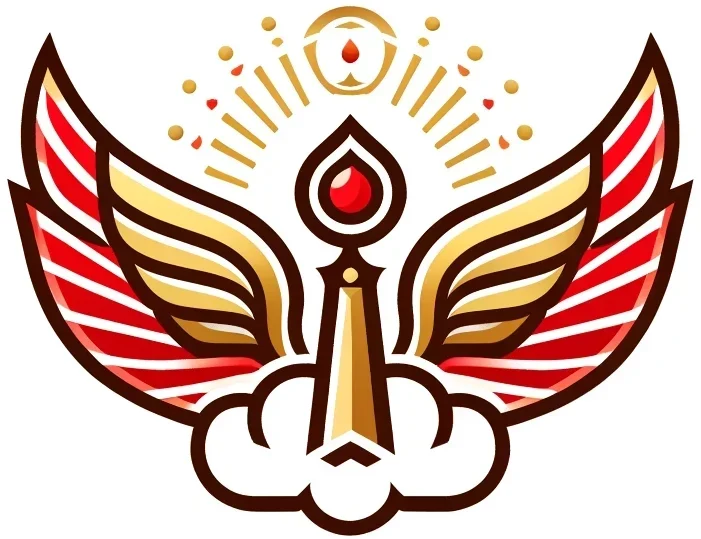The Magi: Guardians of Wisdom
- Ancient Astronomy and Astrology: The Magi were renowned for their knowledge of the stars and celestial phenomena. They meticulously charted the movements of planets and stars, interpreting these as messages from the divine. The summer solstice, marking the sun’s highest point in the sky, was a critical event for them. They believed that understanding the heavens helped in aligning with cosmic rhythms and gaining divine insight.
- Mithraism and the Solstice: Mithraism, a mystery religion that spread across the Roman Empire, has its roots in Zoroastrianism. Mithra, the god of light, was closely associated with the sun. The summer solstice was a significant time for Mithraic rituals, symbolizing the victory of light. Mithraic temples often had altars aligned with the solstice sunrise, emphasizing their astronomical sophistication.
- Sacred Fire and Water Rituals: In Zoroastrianism, fire is a powerful symbol of purity and the divine presence. During the summer solstice, fire rituals are performed to honor the sun’s peak. Water, another sacred element, is also celebrated, particularly in the festival of Tirgan. This duality of fire and water represents a balance of forces, reflecting the Magi’s understanding of harmony in nature.
Cultural and Historical Impact
- Influence on Western Traditions: The Magi’s practices influenced Western esoteric traditions, including Hermeticism and alchemy. The reverence for celestial events, such as the solstices, was carried into these traditions, merging with other mystical beliefs. The story of the Three Wise Men in the Christian Nativity narrative is another example, where the Magi are depicted as astrologers following a celestial sign.
- Architectural Marvels: Ancient Persian architecture often reflected astronomical knowledge. Structures like the Persepolis complex were designed to align with celestial events. Some temples had specific alignments that highlighted the solstice sun, showcasing the Magi’s architectural and astronomical expertise.
Symbolism and Modern Practices
- Solstice Meditation and Reflection: For modern practitioners, the summer solstice is a time for meditation and reflection on personal growth and alignment with nature’s cycles. It’s an opportunity to harness the peak solar energy for spiritual and personal empowerment.
- Eco-Spirituality: Many Zoroastrians and those inspired by the Magi’s traditions emphasize eco-spirituality, recognizing the interconnectedness of all life. The solstice becomes a time to reaffirm commitments to environmental stewardship, reflecting the ancient Magi’s respect for natural cycles.
- Global Gatherings and Festivals: Today, solstice celebrations inspired by the Magi’s traditions can be found worldwide. These gatherings often feature music, dance, and rituals that honor the sun and nature. They provide a sense of community and continuity, connecting ancient wisdom with contemporary practices.
Intriguing Mysteries
- Lost Texts and Prophecies: While much of the Magi’s knowledge was transmitted orally or lost over time, there are tantalizing hints of ancient prophecies and texts that may still exist in hidden archives. These could offer deeper insights into their cosmology and spiritual practices.
- Archeological Discoveries: Ongoing archaeological excavations in Iran and surrounding regions continue to uncover artifacts and structures that shed light on the Magi’s practices. These discoveries often reveal sophisticated astronomical instruments and ceremonial objects, painting a richer picture of their culture.
By exploring these aspects, we gain a fuller appreciation of the Magi’s profound influence and the enduring relevance of their traditions, particularly in relation to the powerful symbolism of the summer solstice.
